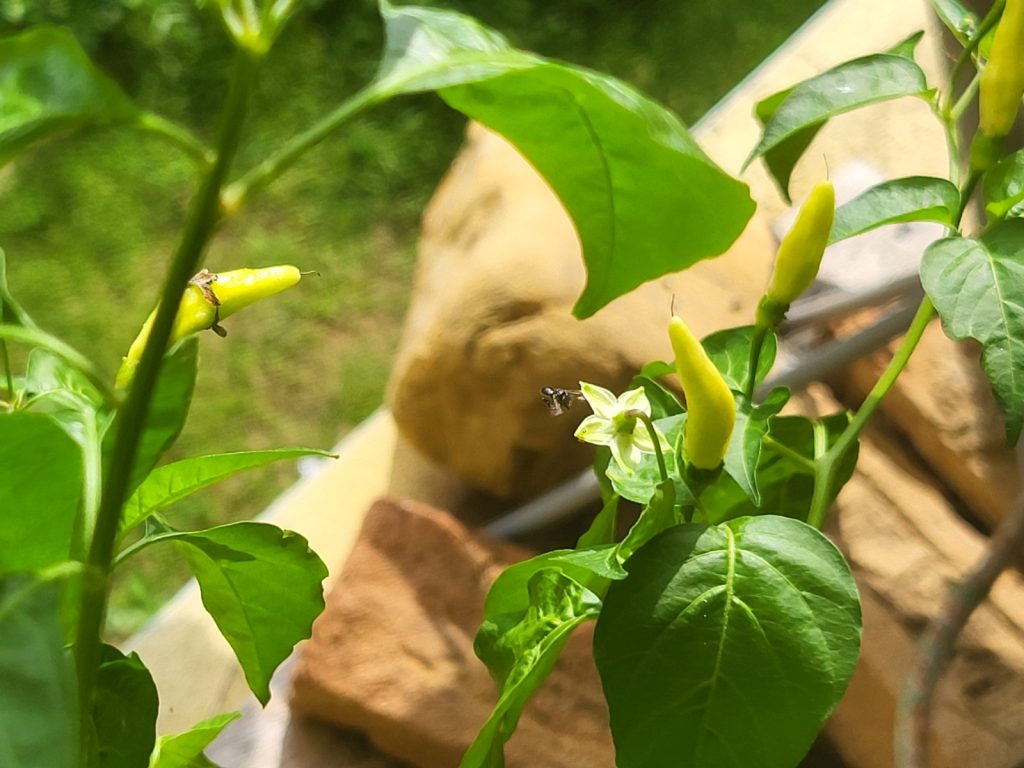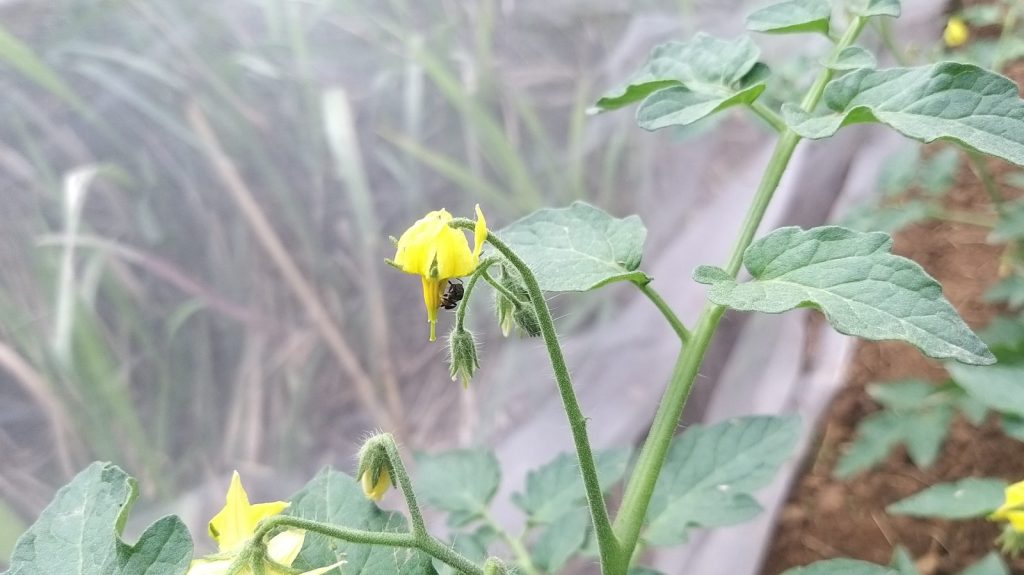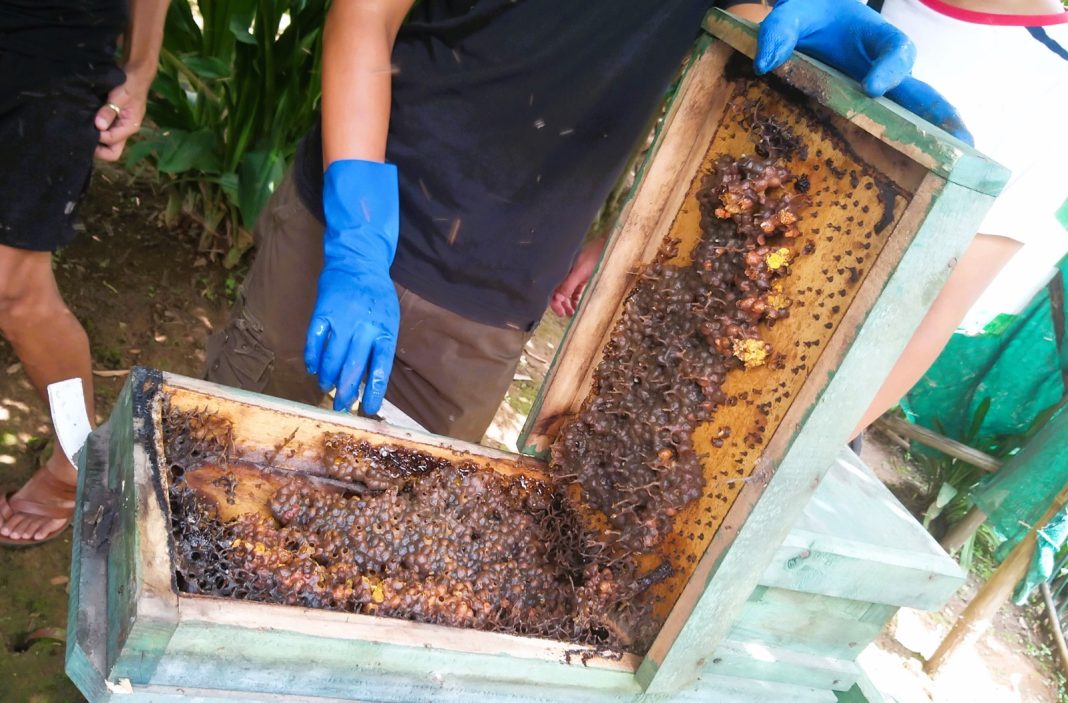
Guwahati, May 26: After nearly a decade of research, scientists at Nagaland University have identified two stingless bee species — Tetragonula iridipennis Smith and Lepidotrigona arcifera Cockerell — with immense potential to improve both crop yield and honey production in India.

Led by Dr. Avinash Chauhan, principal investigator of the AICRP Honeybees & Pollinators program, the research marks the first large-scale attempt to assess the pollination capacity of stingless bees. The study demonstrated significant increases in fruit set, seed viability, and overall crop quality across a variety of produce, including chilli, cucumber, king chilli, citrus, dragon fruit, and more.

For instance, pollination by stingless bees increased fruit set in king chilli by 29.46% compared to unpollinated crops. In Capsicum annuum (common chilli), the increase was 7.42% in fruit set and 7.92% in healthy fruits, with seed weight (an indicator of germination potential) rising by 60.74%.

Importantly, stingless bees can be used safely in greenhouses and open fields, offering a sting-free alternative to traditional honeybees. Their medicinal honey is a valuable by-product that offers farmers an additional revenue stream.
Using scientific hives and queen cell techniques, the project developed sustainable methods to rear and multiply stingless bee colonies. Colonies extracted from forests were multiplied and deployed for crop pollination across Nagaland and neighbouring states like Meghalaya and Arunachal Pradesh.

Traditional stingless beekeeping in the Northeast has now been supplemented with scientific practices, making mass multiplication of colonies feasible. This has enabled farmers to place colonies directly in the fields and greenhouses, resulting in better pollination, higher yields, and cleaner honey production.

“The outcomes of the past seven to ten years are providing farmers and beekeepers with viable techniques for rearing stingless bees. We’re working on refining honey extraction methods and analyzing the medicinal properties of stingless bee honey,” said Dr. Chauhan.
The research also emphasizes the need to conserve not just stingless bees, but a broad spectrum of pollinators — including honeybees (A. dorsata, A. florea), halictid bees, syrphid flies, and solitary bees. Without effective pollination, especially in crops like chilli, the yield and quality drop drastically.
Pollinator conservation is critical across Northeast India’s diverse agro-climatic zones, which include Arunachal Pradesh, Assam, Manipur, Meghalaya, Mizoram, Nagaland, Sikkim, and Tripura. Expanding stingless bee propagation contributes to ecosystem stability and sustainable agriculture by preserving native bee populations at risk due to habitat disruption.
Looking ahead, the research team plans to study the pollination effects of stingless bees on less commonly cultivated crops such as passion fruit and Solanum species, and to further explore the therapeutic potential of their honey through mellisopalynological studies.
This pioneering work positions stingless bees as key allies in sustainable farming and biodiversity conservation in India.




